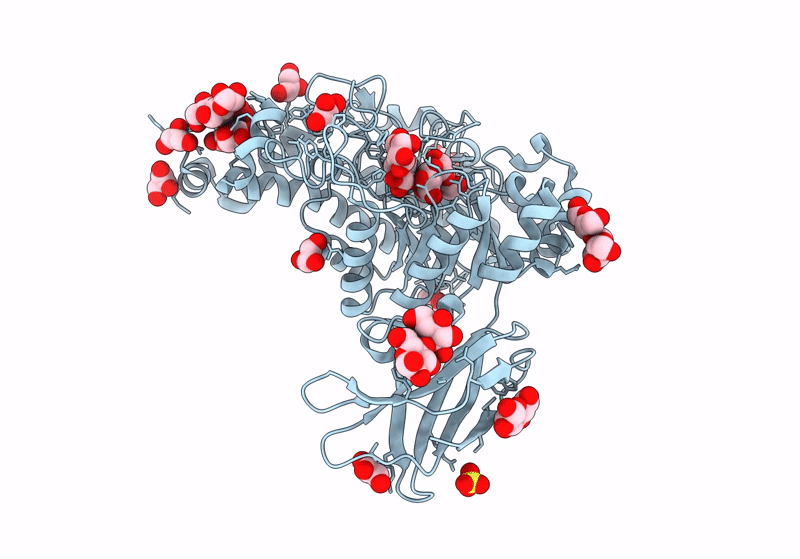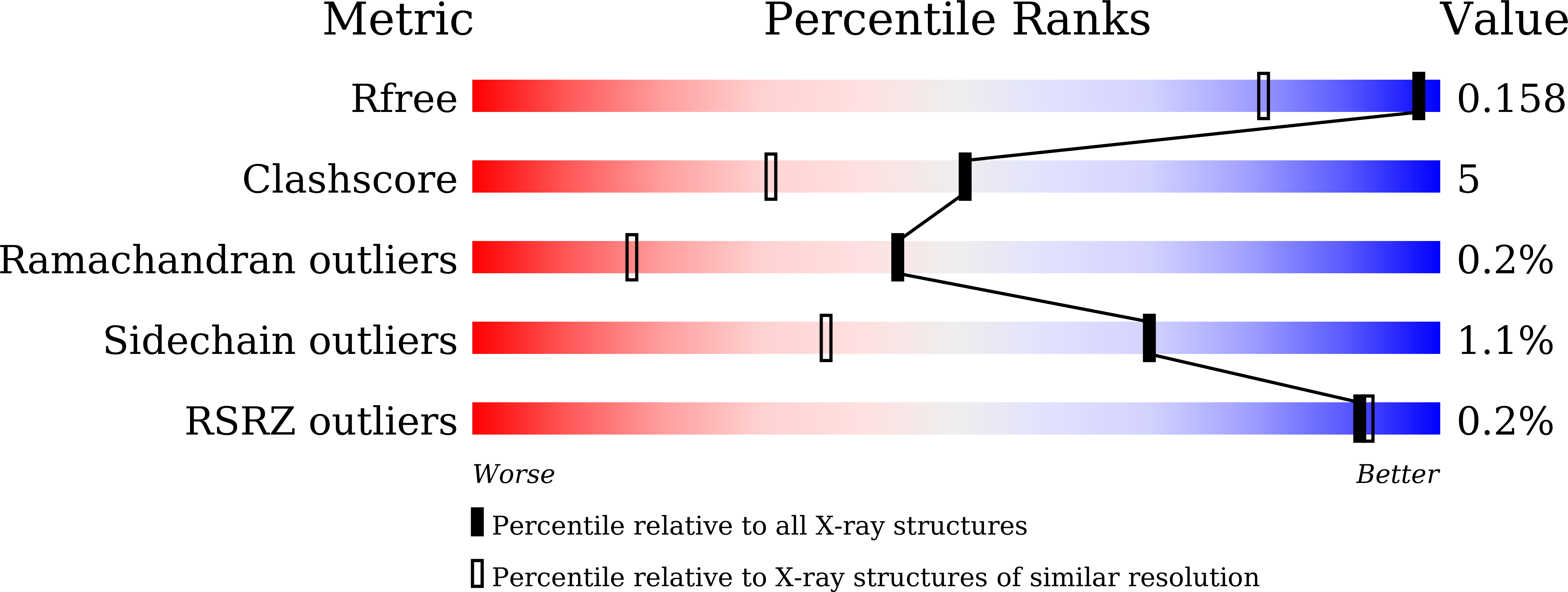
Deposition Date
2024-06-05
Release Date
2024-09-25
Last Version Date
2024-10-23
Entry Detail
PDB ID:
8ZRZ
Keywords:
Title:
The 1.26 angstrom resolution structure of Bacillus cereus beta-amylase in complex with maltose
Biological Source:
Source Organism:
Bacillus cereus (Taxon ID: 1396)
Host Organism:
Method Details:
Experimental Method:
Resolution:
1.26 Å
R-Value Free:
0.16
R-Value Work:
0.12
Space Group:
P 1 21 1


